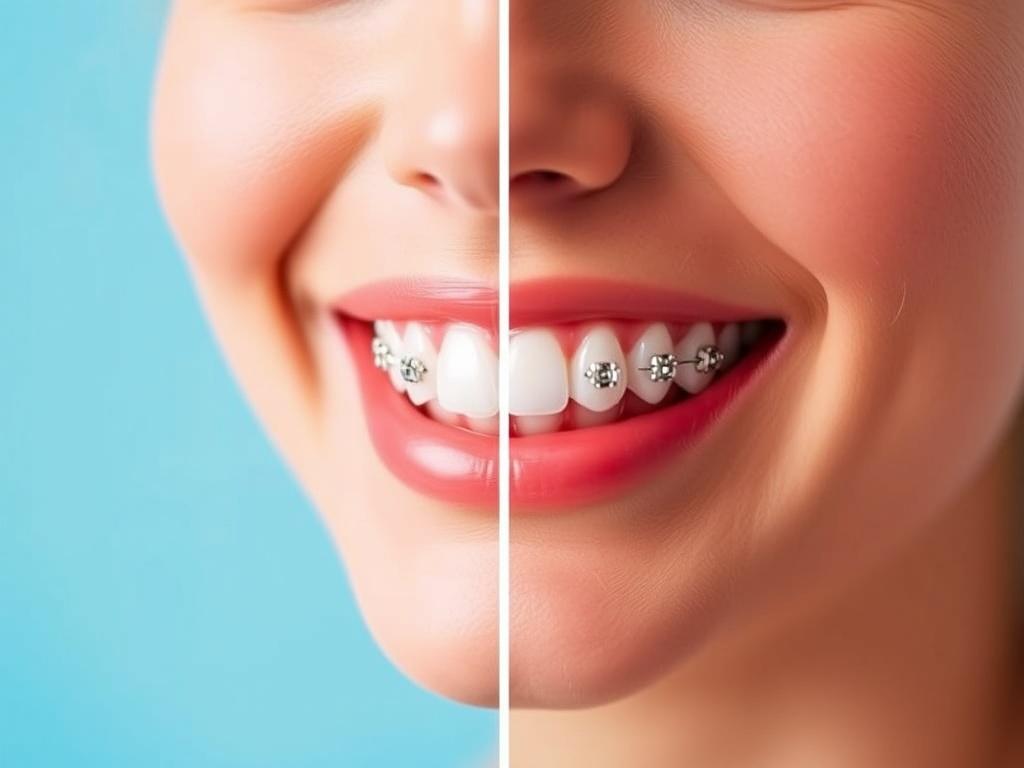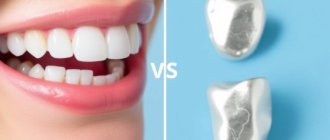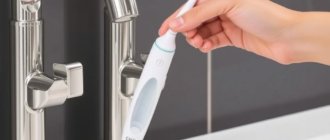Orthodontic treatments have come a long way, offering a variety of options to help people achieve the smile they’ve always wanted. Among these options, Invisalign and traditional braces are two of the most popular choices. If you’ve ever wondered which one might be better for your specific needs, you’re in the right place. Choosing between Invisalign vs. traditional braces can feel overwhelming, especially with so much information floating around. In this article, we’ll take a deep dive into both treatments, explaining how they work, their pros and cons, costs, and everything else you need to make an informed decision.
Содержание
- 1 Understanding the Basics: What Are Invisalign and Traditional Braces?
- 2 Invisalign vs. Traditional Braces: How Do They Work?
- 3 Appearance and Comfort: The Invisalign Advantage?
- 4 Effectiveness: Can Invisalign Fix Complex Issues as Well as Braces?
- 5 The Treatment Timeline: How Long Does It Take?
- 6 Cost Comparison: What Should You Expect to Pay?
- 7 Potential Drawbacks to Consider
- 8 The Role of Your Orthodontist in the Decision
- 9 Technology and Innovations: The Future of Orthodontics
- 10 Taking Care of Your Teeth During Treatment
- 11 How to Prepare for Your Orthodontic Treatment?
- 12 Summary Table: Invisalign vs. Traditional Braces
- 13 Conclusion
Understanding the Basics: What Are Invisalign and Traditional Braces?
Before comparing Invisalign vs. traditional braces, it’s helpful to understand what each method involves.
Invisalign is a modern orthodontic system that uses clear, removable aligners to gradually move your teeth into place. These custom-made aligners are virtually invisible and designed for comfort. You wear each set of aligners for about two weeks before switching to the next in the series.
Traditional braces, on the other hand, rely on metal brackets, wires, and sometimes rubber bands fixed to the teeth. These components apply pressure to shift your teeth slowly over the treatment period. While they are incredibly effective, traditional braces are more noticeable and stay in your mouth for the entire duration of treatment without removal.
Invisalign vs. Traditional Braces: How Do They Work?
Both Invisalign clear aligners and traditional braces apply gentle, consistent pressure to move your teeth. However, the methods and mechanics differ quite a bit.
- Invisalign: You receive a series of clear plastic trays made from BPA-free materials, custom-fitted to your teeth. Each tray is worn for 20 to 22 hours a day and moved to the next set every couple of weeks. The trays guide your teeth through each stage of alignment.
- Traditional Braces: The orthodontist attaches metal or ceramic brackets to your teeth and threads wires between them. Periodic adjustments tighten the wires, gradually pushing teeth into proper position. Elastic bands may be included to correct jaw alignment.
Appearance and Comfort: The Invisalign Advantage?
One of the biggest selling points in the Invisalign vs. traditional braces debate is appearance. Invisalign aligners are clear and almost invisible when worn. Many adults and teens prefer Invisalign because it doesn’t interfere much with their daily interactions. Traditional metal braces, while sometimes available in more discreet ceramic options, are often very noticeable, and that can impact confidence and social comfort.
Comfort-wise, Invisalign is generally considered less bothersome. Because the aligners are made from smooth plastic and removable, they don’t irritate your lips and cheeks like metal braces often do. Brackets and wires can cause discomfort, particularly after tightening appointments, and small cuts inside the mouth are not uncommon.
Effectiveness: Can Invisalign Fix Complex Issues as Well as Braces?
When comparing Invisalign vs. traditional braces, one major consideration is the types of issues each can fix effectively. Traditional braces have been the go-to orthodontic treatment for decades because they can address a wide range of dental problems—from minor misalignments to severe malocclusions and bite issues.
Invisalign technology has also improved dramatically, now capable of treating many moderate to complex cases. However, traditional braces tend to be more effective for significant tooth rotations, large gaps, or teeth that require vertical movement. Your orthodontist will consider the complexity of your case before recommending Invisalign or traditional braces.
| Issue | Invisalign Suitable? | Traditional Braces Suitable? |
|---|---|---|
| Mild to moderate crowding | Yes | Yes |
| Severe crowding | Sometimes | Yes |
| Bite issues (overbite, underbite) | Some cases | Yes |
| Rotated teeth | Limited | Yes |
| Gap closures | Yes | Yes |
The Treatment Timeline: How Long Does It Take?
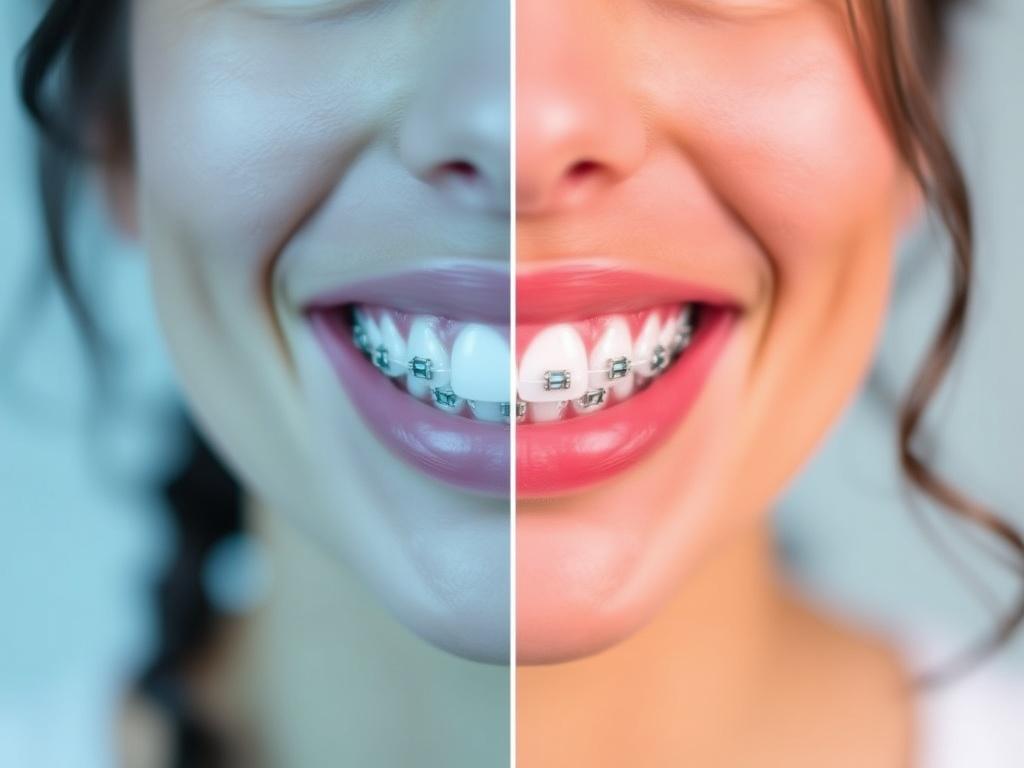
Both Invisalign and traditional braces require time and patience. The average treatment duration with traditional braces ranges from 18 to 36 months depending on the severity of the orthodontic issues. Invisalign treatment can sometimes be shorter, typically from 12 to 24 months, but this varies widely depending on the complexity and adherence to wearing the aligners properly.
A key factor in Invisalign’s effectiveness is patient compliance. Since Invisalign trays are removable, they only work when worn 20+ hours a day. On the flip side, you can’t remove traditional braces, which forces continuous progress. That difference impacts how quickly your teeth will align and how closely you follow your treatment plan.
Daily Routine and Lifestyle Implications
One of the most practical considerations in Invisalign vs. traditional braces is how each treatment affects your day-to-day life.
- Eating: With Invisalign, you remove the aligners while eating or drinking anything other than water. This means you can eat whatever you like without worrying about food getting stuck or damaging your orthodontics. Traditional braces limit your food choices because sticky, hard, or chewy foods can damage the brackets and wires.
- Cleaning: Invisalign trays require regular cleaning and your teeth can be brushed normally because the aligners are removable. Brushing and flossing with traditional braces can be more challenging and requires special tools to keep the teeth and braces clean.
- Sports and Activities: Invisalign aligners offer more flexibility for athletes, especially those playing contact sports, since you can remove the trays and use custom mouthguards. Traditional braces need additional care, and mouthguards must fit over the braces.
Cost Comparison: What Should You Expect to Pay?
Cost is often a significant factor when deciding between Invisalign vs. traditional braces. Prices can vary based on location, provider, and treatment complexity but here’s a general breakdown:
| Treatment Type | Typical Cost Range | Insurance Coverage |
|---|---|---|
| Invisalign | $3,000 – $8,000 | Sometimes covered (varies) |
| Traditional Braces | $2,500 – $7,000 | Often covered |
Though Invisalign may be priced higher on average, many people consider the convenience and aesthetics worth the investment. Also, flexible payment plans or orthodontic financing can help manage the cost regardless of treatment choice.
Who Is Invisalign Best For?
Invisalign is a fantastic option for teenagers and adults who want a discreet, comfortable orthodontic treatment. It’s especially appealing to those with mild to moderate orthodontic issues who want to maintain a natural look. People with busy schedules appreciate the fewer dental visits and less disruption to their lifestyle.
Who Should Consider Traditional Braces?
Traditional braces remain the gold standard for the most difficult orthodontic cases. Kids and teens who might struggle with compliance are often better candidates for braces since they cannot remove them. Braces can also be an excellent choice if budget is a concern or if your orthodontist recommends them based on the severity of your dental alignment issues.
Potential Drawbacks to Consider
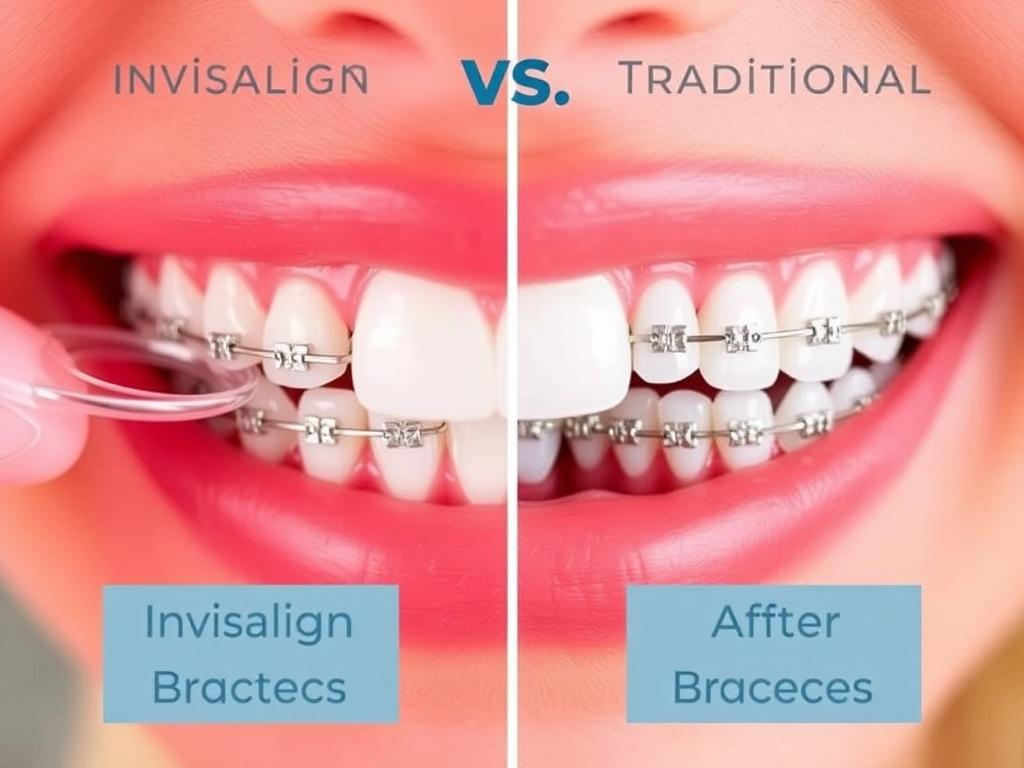
Every treatment has its limitations and challenges. Let’s look at some of the possible drawbacks in the Invisalign vs. traditional braces debate.
- Invisalign: Requires discipline to wear aligners as recommended. May not be suitable for complex movements. Risk of losing or damaging trays. Typically not recommended for very young children.
- Traditional Braces: Visible and can affect your smile during treatment. Some discomfort after wire adjustments. Eight to ten tightening visits required. Food restrictions to avoid damage or staining.
The Role of Your Orthodontist in the Decision
Ultimately, the best way to decide between Invisalign vs. traditional braces is to consult an experienced orthodontist who can assess your teeth and discuss your goals. They will evaluate your bite, jaw relationship, and the overall complexity of your treatment. Your orthodontist’s professional advice combined with your personal preferences will guide you to the ideal option.
Technology and Innovations: The Future of Orthodontics
Both Invisalign and traditional braces have benefited from technological advances. Digital scanning, 3D printing, and computer modeling allow for exceptionally precise treatment plans. The Invisalign system uses advanced software to predict each stage of tooth movement, while self-ligating braces have improved the comfort and efficiency of traditional appliances.
Additionally, options like clear ceramic braces blur the line between visible traditional braces and the discreetness of Invisalign. Some patients may prefer these hybrid choices depending on their needs.
Taking Care of Your Teeth During Treatment
Regardless of your choice between Invisalign vs. traditional braces, maintaining good oral hygiene is crucial. Food debris and plaque buildup can cause tooth decay and gum disease during orthodontic treatment.
For Invisalign users, brushing after every meal before putting on trays is essential. Regular cleaning of the aligners prevents odors and discoloration.
Patients with braces should develop a routine using orthodontic toothbrushes, floss threaders, and mouth rinses to keep their teeth and gums healthy throughout their journey.
How to Prepare for Your Orthodontic Treatment?
Before starting either Invisalign or traditional braces, it’s wise to schedule a thorough dental checkup. Any cavities, gum problems, or other dental issues should be addressed beforehand. Sometimes tooth extractions or other preparatory procedures are necessary.
Understanding what your treatment entails mentally prepares you for the time commitment and lifestyle changes. Ask your orthodontist about expectations, potential discomfort, and tips for success.
Summary Table: Invisalign vs. Traditional Braces
| Feature | Invisalign | Traditional Braces |
|---|---|---|
| Appearance | Clear and nearly invisible | Metallic and noticeable |
| Comfort | Generally more comfortable | May cause irritation |
| Removability | Removable for eating & cleaning | Fixed to teeth |
| Effectiveness | Effective for mild to moderate problems | Effective for all types, including severe |
| Treatment Time | Often shorter if compliance is good | Usually longer but highly dependable |
| Cost | Typically higher | Generally lower |
| Maintenance | Requires discipline | Requires regular adjustments |
Conclusion
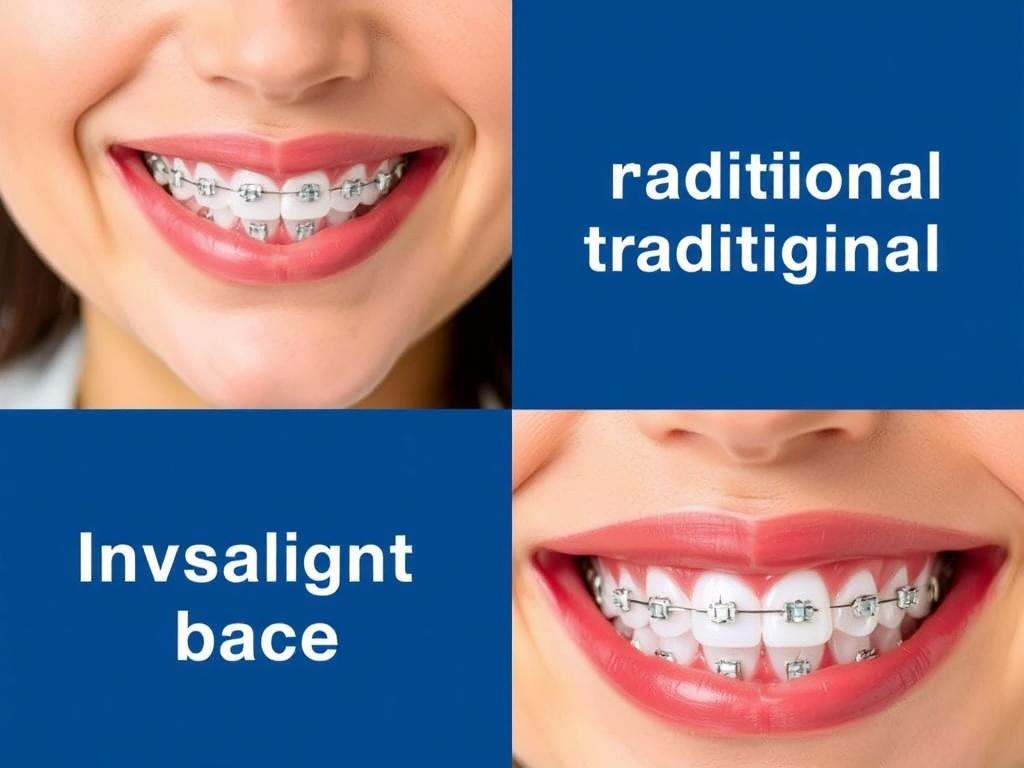
Deciding between Invisalign vs. traditional braces ultimately depends on your individual needs, lifestyle, and orthodontist’s recommendations. Invisalign offers a comfortable, discreet, and flexible way to straighten your teeth, making it a popular choice for many adults and teens with mild to moderate concerns. Traditional braces, on the other hand, retain their status as the most effective method for achieving complex orthodontic corrections across all ages. Both options can give you the beautiful, healthy smile you desire, but understanding the differences in appearance, comfort, treatment scope, duration, and cost will help you choose the best path forward. Whichever treatment you pick, committing to proper care and wearing your appliances as instructed will ensure the best and longest-lasting results. Embark on your orthodontic journey confidently — a straighter smile is well within reach!

